The African savanna is home to a wide variety of wildlife, including zebras. These majestic animals are known for their distinctive black and white stripes, which help them blend into their surroundings and evade predators. However, despite their impressive camouflage, zebras still fall prey to a number of different predators in the wild.
Understanding the natural threats facing zebras is an important aspect of studying these animals and their ecosystems. By examining the behaviors and hunting tactics of these predators, researchers can gain insight into how different species coexist in the savanna and how they adapt to changing environmental conditions over time. In this article, we will explore some of the most significant predators that pose a threat to zebras in their natural habitats.
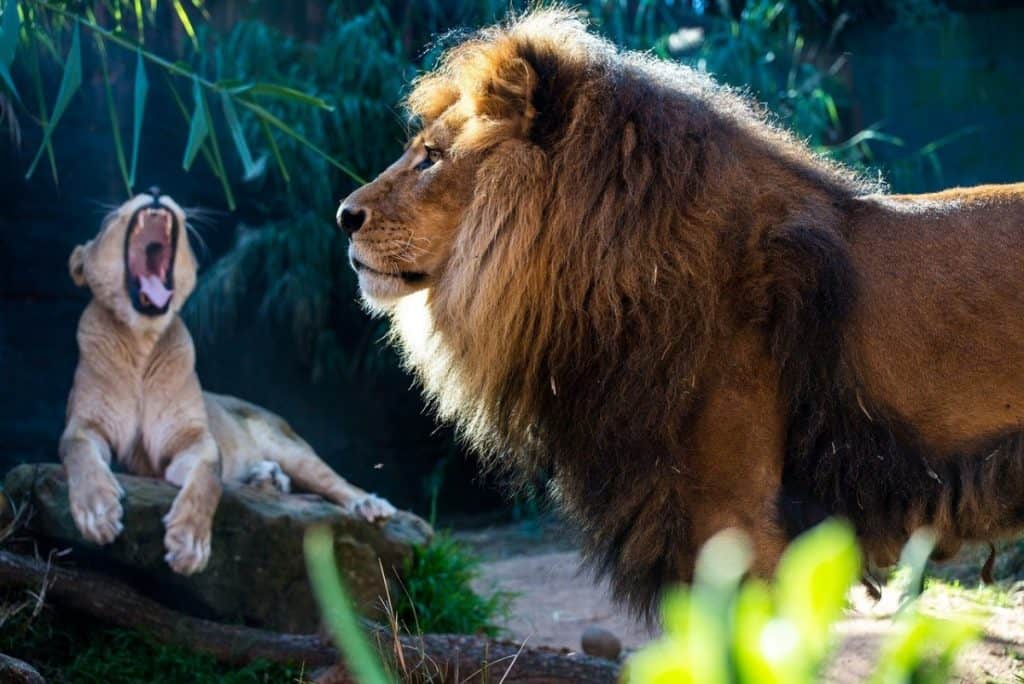
Lions
Lions, the apex predators of the savanna ecosystem, are one of the primary natural enemies of zebras. These big cats rely on their strength and cunning to take down prey that can sustain them for days. Lions hunt in packs known as prides, which consist mainly of females and their offspring. Male lions will join a pride only during mating season or when they have successfully challenged the dominant male.
The behavioral patterns and social structure of lions play a significant role in their hunting success. For example, female lions work together to hunt by surrounding prey and forcing them towards waiting males who deliver the final blow. This strategy is particularly effective against larger herbivores such as zebras who are difficult to bring down alone. Moreover, lions use ambush techniques when attacking their prey at night when visibility is low. By working together and utilizing these tactics, lions can take out entire herds of zebras in a single attack.
200 Collective Animal Names You Probably Never Knew
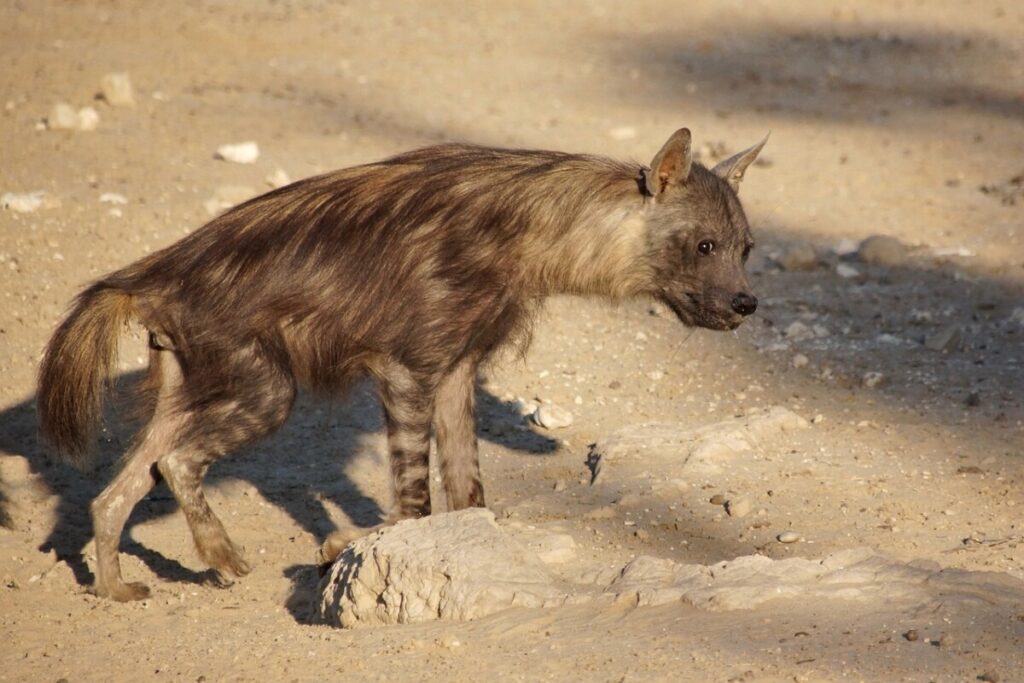
Hyenas
Hyenas, known for their cunning scavenging behavior, are one of the primary threats to the survival of zebras in certain regions. These opportunistic predators have an incredible sense of smell and can detect a carcass from miles away. However, despite being classified as scavengers, hyenas also hunt live prey and are capable of taking down large animals like zebras.
- Hunting techniques: Hyenas have a unique hunting style that involves chasing their prey over long distances until they tire out and collapse from exhaustion. They then use their powerful jaws to deliver a fatal bite to the throat or neck region, causing death by suffocation or blood loss.
- Social behavior: Hyenas are highly social animals that live in clans, which can consist of up to 80 individuals. Within these clans, there is a strict hierarchy with dominant females at the top who lead hunts and control access to resources such as food and water.
- Competition with other predators: While lions are often seen as the main competitors for prey in African savannas, hyenas also compete with other predators such as leopards and wild dogs for access to food sources.
- Ecological impact: As scavengers, hyenas play an important role in maintaining ecosystem health by consuming carrion that would otherwise attract disease-carrying insects or become breeding grounds for bacteria.
Overall, while hyenas may not be as fearsome as lions or leopards when it comes to hunting prowess, they still pose a significant threat to zebras due to their opportunistic nature and ability to take down large prey through persistence and teamwork within their social groups.
In the Stripes of Zebras: How Good Are Their Senses?
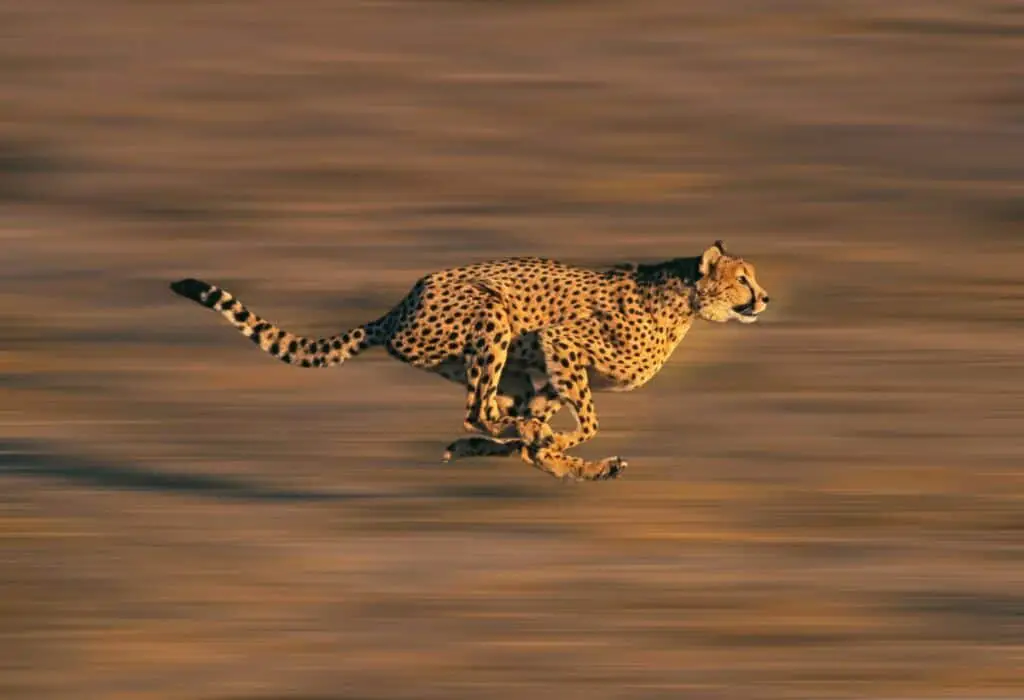
Cheetahs
Cheetahs are known for their remarkable speed, making them one of the most efficient hunters in the African savanna. They have a slender build and long legs that allow them to reach speeds of up to 70 miles per hour in short bursts. Cheetahs are diurnal animals, meaning that they are active during the day and rest at night. They typically hunt alone or in small groups and prefer open grasslands where they can use their speed to chase down prey.
Behavioral patterns play an important role in a cheetah’s hunting success. Before launching an attack, cheetahs often stalk their prey from a distance, taking advantage of natural cover like tall grasses or rocks. Once they get close enough, they sprint towards their target at lightning-fast speeds, using their sharp claws and powerful jaws to take down prey quickly. Despite being excellent hunters, cheetahs face several challenges when it comes to survival since other predators like lions and hyenas often steal their kills or compete with them for food sources.
Cheetahs’ Predators Revealed: Unmasking the Threats
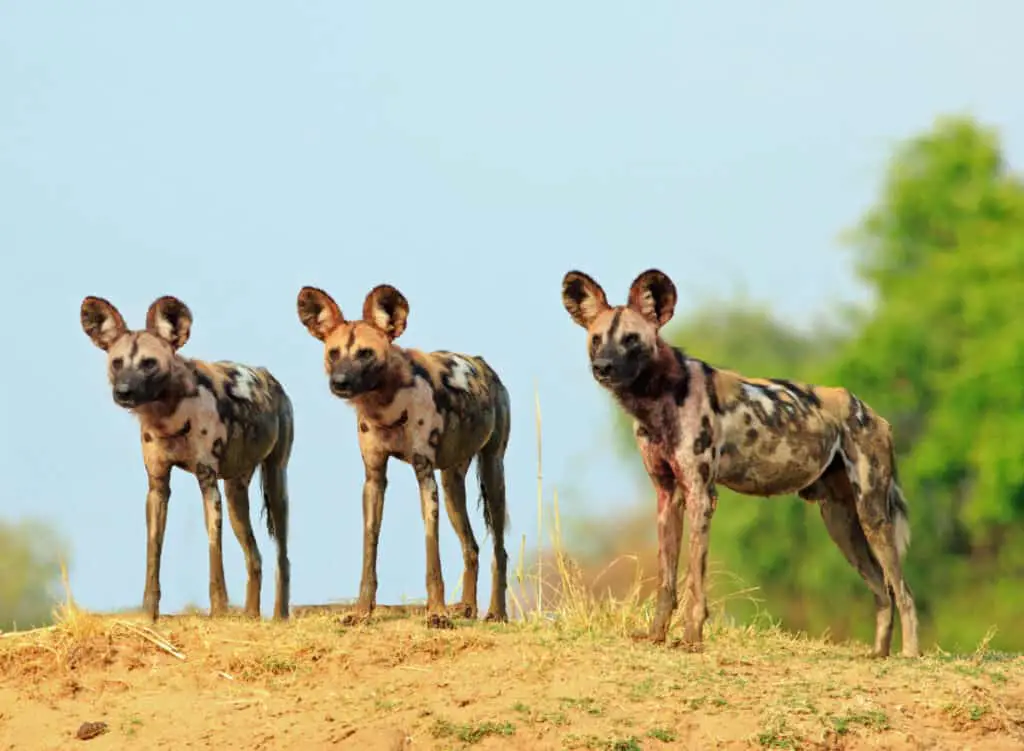
Wild Dogs
Wild dogs, also known as African painted dogs, are highly social animals that hunt in packs and have a unique communication system through vocalizations and body language. They live in large groups of up to 20 individuals, with a dominant breeding pair leading the pack. The rest of the group consists of non-breeding adults, subordinates and juveniles. Pack dynamics are essential for their survival, as they work together to hunt prey that is much larger than themselves.
Their hunting strategies involve teamwork and cooperation. Wild dogs will chase their prey at high speeds until it tires out or becomes separated from the herd. Once this happens, other members of the pack join in on the hunt by attacking from different angles until the prey is overwhelmed. This strategy requires excellent communication among pack members, which is achieved through an intricate system of vocalizations and body postures.
To emphasize their unique hunting strategies further, here’s a table highlighting some differences between wild dog hunting and other predator’s tactics:
| Predator | Hunting Strategy |
|---|---|
| Lion | Ambushes prey using stealth |
| Leopard | Pounces on unsuspecting prey |
| Cheetah | Uses speed to outrun prey |
| Wild Dogs | Chases down prey cooperatively |
Overall, wild dogs’ pack dynamics and cooperative hunting strategies make them one of Africa’s most successful predators despite being smaller than many other carnivores in their habitat.
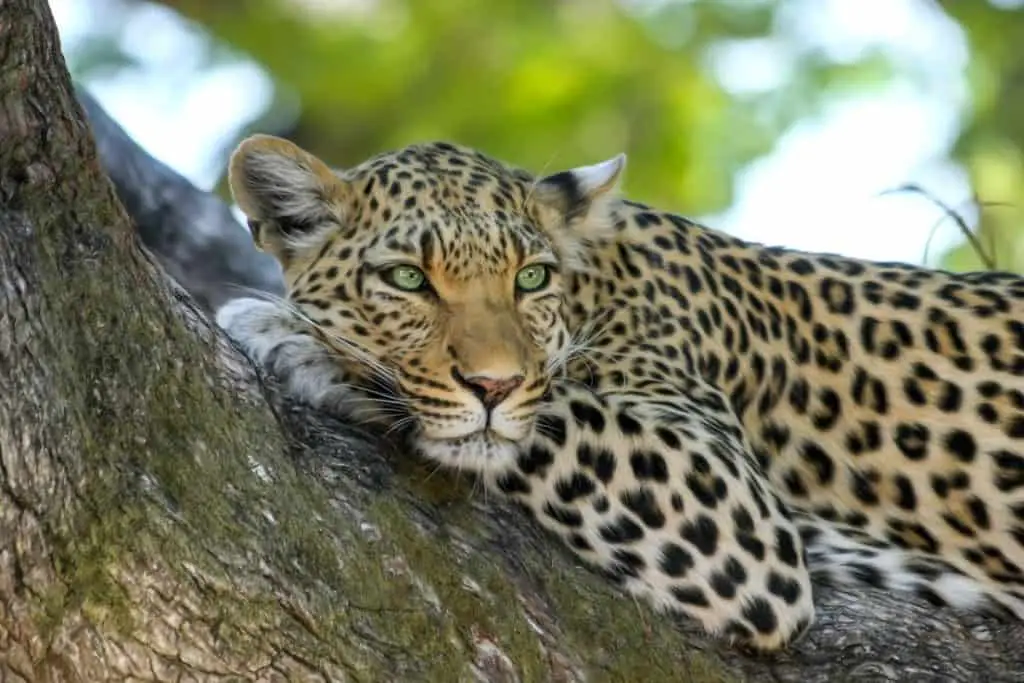
Leopards
Leopards are known for their stealthy hunting tactics, relying on camouflage and surprise to catch their prey. These big cats are skilled climbers and can easily scale trees to get a better vantage point or to stash a kill away from other scavengers. Leopards are opportunistic hunters and will target any animal within their weight range, including zebras.
When it comes to interactions between zebras and leopards, the former have developed some defenses against these predators. Zebras live in herds that provide them with safety in numbers, as well as a better chance of spotting potential threats early on. Additionally, zebras have keen senses of hearing and smell that help them detect danger. However, even with these advantages, leopards can still successfully prey upon zebras by using their stealth and quick reflexes. The resulting chase is often a thrilling but daunting sight for any observer.
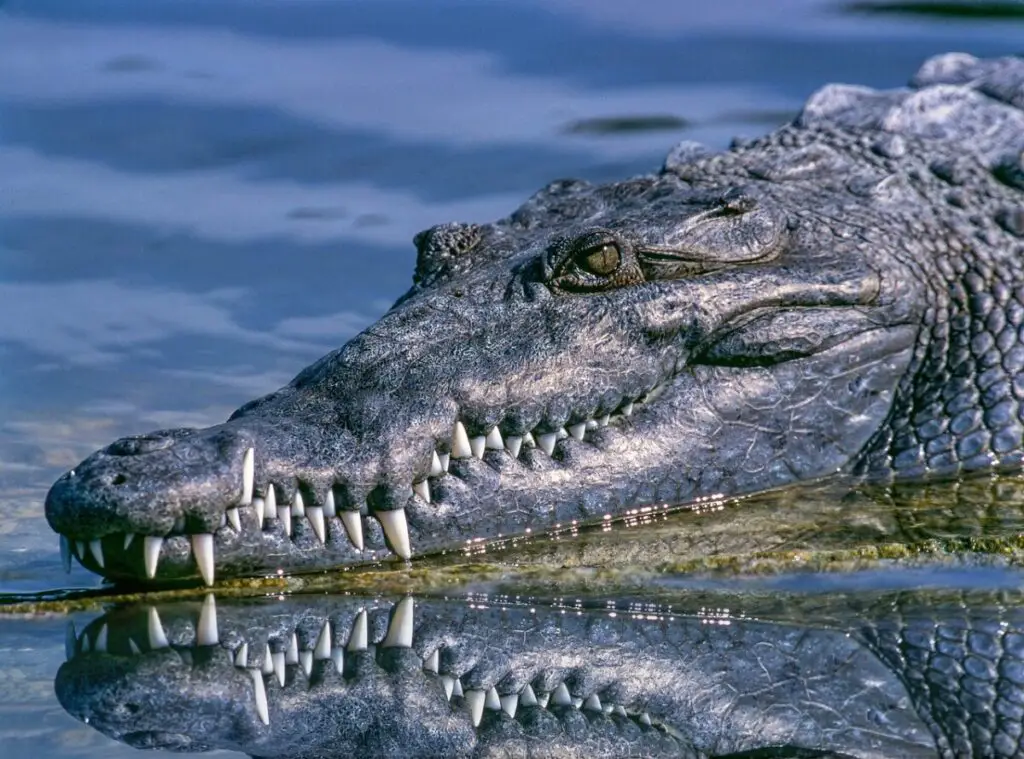
Crocodiles
With their powerful jaws and ability to lay motionless for hours, crocodiles are apex predators that have earned a reputation as ambush predators. They are found in various habitats, including rivers, lakes, and swamps, where they use their stealthy approach to catch unsuspecting prey. Crocodiles have a unique hunting technique that involves lying motionless in the water with only their eyes and nostrils visible above the surface. When an animal comes near the water’s edge or enters the water, they launch themselves out of the water with incredible speed and force to grab their target.
Crocodiles’ diet includes small mammals, birds, fish, and even larger animals like zebras. They are known for swallowing large chunks of meat whole by using their powerful jaws to crush bones before swallowing them. The ambush hunting strategy of crocodiles has made them successful hunters for millions of years. However, habitat loss and poaching pose significant threats to these apex predators’ survival worldwide.
Conclusion
In the African savanna, zebras are preyed upon by a variety of predators. Lions are perhaps the most well-known and feared predators, as they are apex predators that hunt in packs and have impressive strength. Hyenas, while often thought of as scavengers, also hunt live prey and can take down zebras with their powerful jaws. Cheetahs use their incredible speed to chase down prey, including zebras. Wild dogs work together in packs to bring down large animals like zebras. Leopards are stealthy hunters that stalk their prey from above or below before pouncing.
Even crocodiles lurking in rivers pose a threat to zebras when they come to drink. However, the biggest threat to zebra populations comes from humans. Habitat loss due to development and agriculture has pushed some zebra species close to extinction, while hunting for sport or meat continues in some parts of Africa.
While these predators play an important role in balancing ecosystems and maintaining biodiversity, human actions have had a far greater impact on zebra populations than any natural predator could ever have. It is crucial that steps be taken to protect wild spaces and preserve these magnificent animals for future generations.

